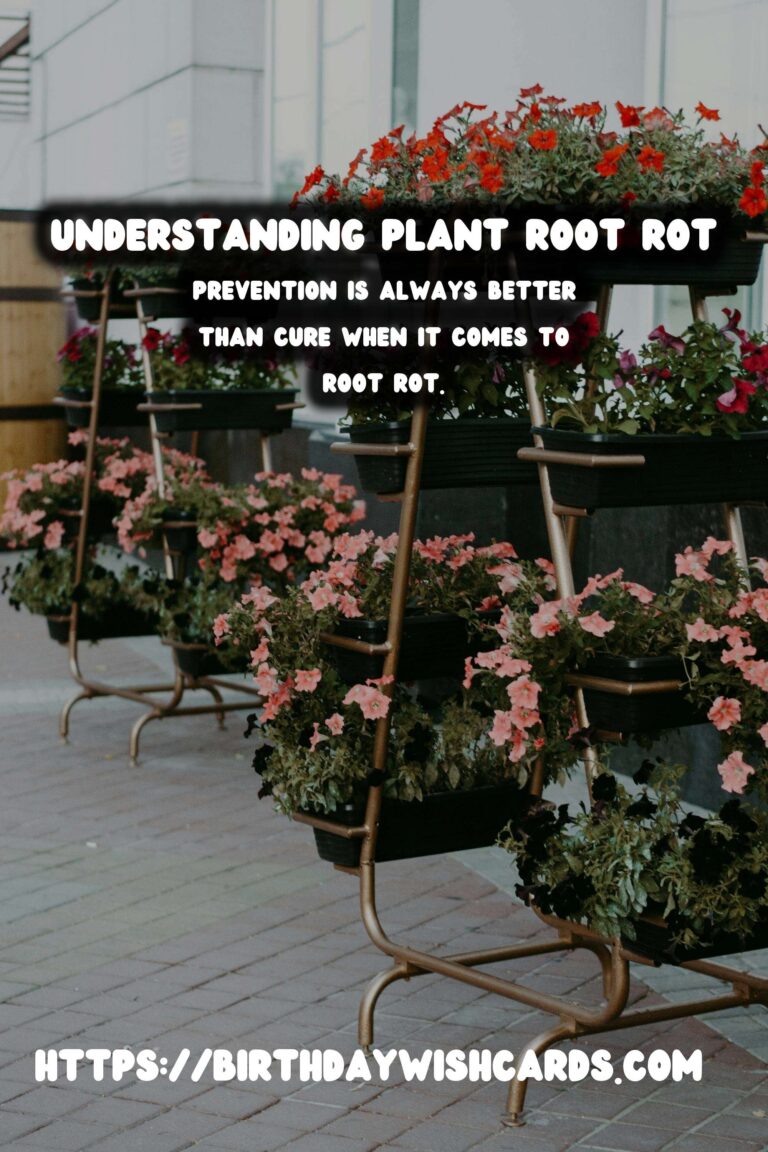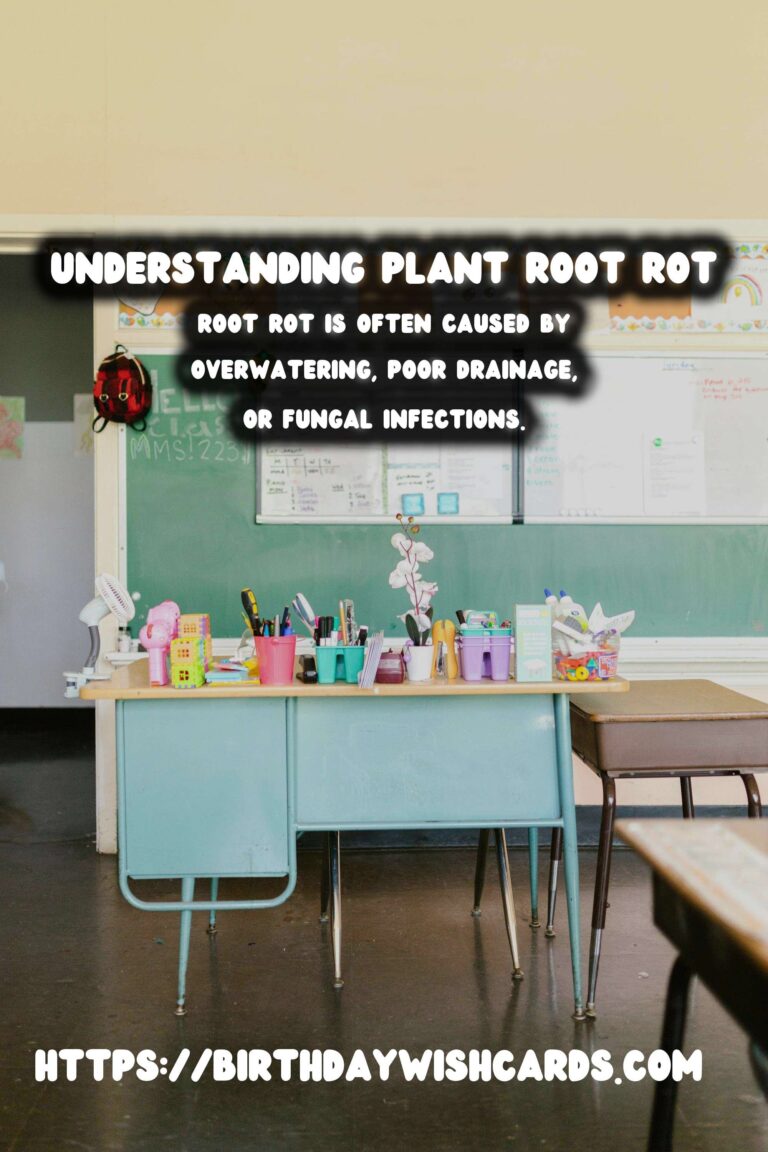
Plant root rot is a common issue faced by many gardeners and plant lovers. This condition can severely affect the health of your plants, leading to wilting, yellowing leaves, and eventually plant death if not addressed in time. Understanding the causes, prevention methods, and treatment options for root rot is crucial for maintaining healthy plants.
What is Plant Root Rot?
Root rot is a disease that affects the roots of a plant, causing them to decay and die. It is often caused by overwatering, poor drainage, or fungal infections. The roots, which are supposed to absorb water and nutrients, become mushy and brown, unable to perform their vital functions.
Causes of Root Rot
Several factors can lead to root rot, but the most common cause is excessive moisture in the soil. When the soil is too wet, it creates an environment conducive to fungal growth. Fungi such as Phytophthora, Pythium, and Rhizoctonia thrive in damp conditions and are known to cause root rot. Poor drainage and compacted soil can exacerbate the situation by preventing water from properly draining away from the roots.
Identifying Root Rot
Early identification of root rot is essential for effective treatment. Some signs include yellowing leaves, wilting, stunted growth, and a foul smell emanating from the soil. If you suspect root rot, gently remove the plant from its pot and examine the roots. Healthy roots are firm and white, while rotting roots are soft, brown, and often emit a bad odor.
Preventing Root Rot
Prevention is always better than cure when it comes to root rot. Here are some tips to prevent this condition:
- Ensure proper drainage by using pots with drainage holes and well-draining soil.
- Avoid overwatering; water your plants only when the top inch of soil is dry.
- Improve soil aeration by adding perlite or sand to the potting mix.
- Regularly inspect your plants for early signs of rot and act promptly.
Treatment Options for Root Rot
If your plant is already affected by root rot, immediate action is necessary:
- Remove the plant from its pot and wash off the soil to inspect the roots.
- Cut away all the rotting roots using sterilized scissors or a knife.
- Repot the plant in fresh, well-draining soil and a clean pot.
- Water the plant sparingly until it shows signs of recovery.
Conclusion
Understanding and managing root rot is crucial for the health of your plants. By taking preventative measures and acting quickly at the first sign of trouble, you can protect your plants from this destructive disease. Remember, proper watering practices and good drainage are your best defenses against root rot.
Plant root rot is a condition that can severely affect the health of your plants. Root rot is often caused by overwatering, poor drainage, or fungal infections. Early identification of root rot is essential for effective treatment. Prevention is always better than cure when it comes to root rot. Proper watering practices and good drainage are your best defenses against root rot. 









#PlantCare #RootRot #GardeningTips #PlantHealth




